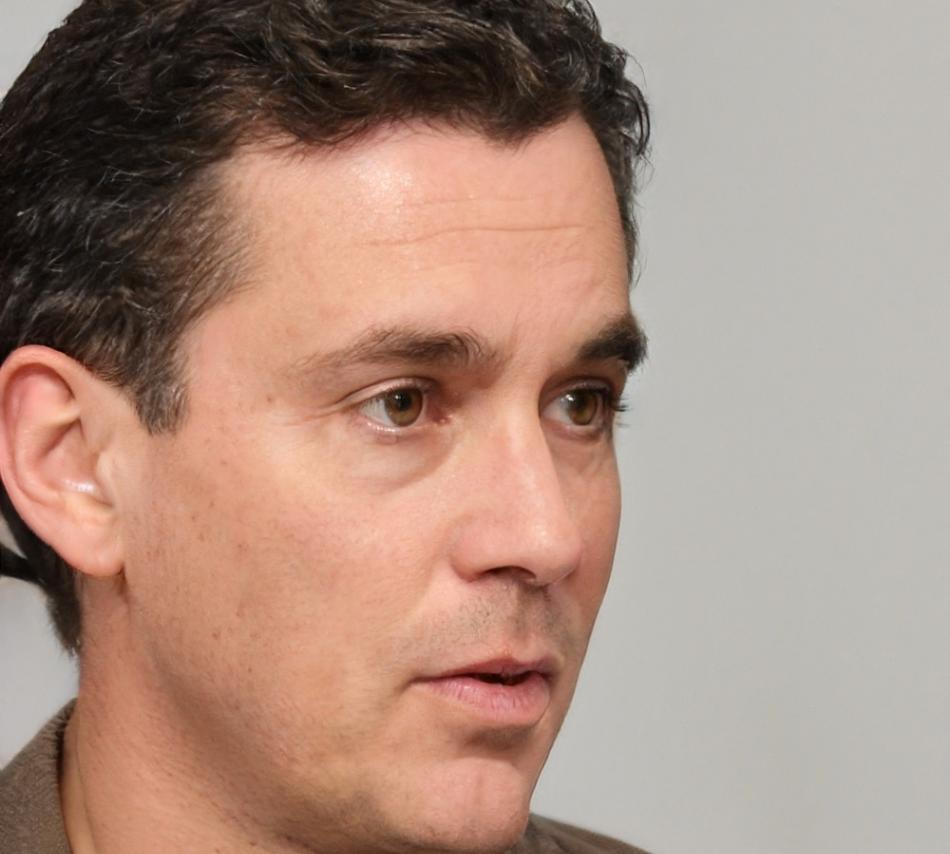Financial Modeling That Actually Sticks
Building models isn't just about formulas and spreadsheets. We've spent years working with people who struggle to retain complex financial concepts. Here's what we've learned about making knowledge stick beyond the classroom.
Explore Our Programs
Learning Together Beats Going Solo
When Chaiyaporn started our September 2024 cohort, he tried studying valuation models alone for weeks. Got nowhere. Then something changed during our group sessions.
Turns out, explaining DCF calculations to someone else forces you to truly understand them. We structure our programs around peer learning because it works better than isolated study ever could.
Three Approaches That Work
We've tested different learning methods with hundreds of students. Some strategies consistently produce better results. These aren't revolutionary, but they're effective if you actually apply them.
Build Incrementally
Start with simple revenue forecasts before jumping into complex LBO models. Each week adds one layer of complexity. Trying to learn everything at once is how most people burn out by week three.
Practice With Real Data
Textbook examples feel abstract. We use actual company financials from Thai and regional markets. Modeling a business you recognize makes concepts click faster than generic case studies ever will.
Teach Someone Else
Best retention method we've found. When you can explain sensitivity analysis to another student, you actually know it. Schedule regular teaching sessions with your study group from day one.

Kasem Wattanakul
Program Development Lead
Spent twelve years building models for investment firms before switching to education. Still builds new models every week to stay current.
What Most People Get Wrong
I review student work constantly. Same mistakes keep appearing. Not because people are careless, but because certain concepts genuinely trip everyone up at first.
The circular reference problem in WACC calculations? Everyone struggles with it initially. Understanding why your model breaks when you link debt to enterprise value takes time. That's normal.
What separates students who progress from those who stall isn't raw talent. It's how they respond when their model throws errors. Do they dig into the logic or just try random fixes? The ones who succeed treat errors as learning opportunities rather than obstacles.
Practical Advice That Helps
- Break models into small sections and test each part separately
- Keep a notebook of formulas that confused you and why they work
- Review your old models monthly to spot improvement areas
- Don't skip scenario planning exercises even when they feel repetitive
- Ask specific questions rather than "I don't understand this model"
Progress Takes Time
People often ask how quickly they'll become proficient. Honest answer? It varies widely based on your background and dedication. But here's a realistic timeline we see with committed students.
Foundation Building
Understanding financial statements and basic Excel functions. Feels slow but sets up everything else.
Pattern Recognition
Starting to see how different models connect. Building simple forecasting models independently.
Practical Application
Creating complex models with less guidance. Understanding why certain approaches work better than others.
Continuing Development
Refining technique and building portfolio. Real mastery takes ongoing practice beyond formal coursework.
Our August 2025 cohort opens for enrollment in early June. Programs run sixteen weeks with optional advanced modules continuing into 2026 for those wanting deeper specialization.
